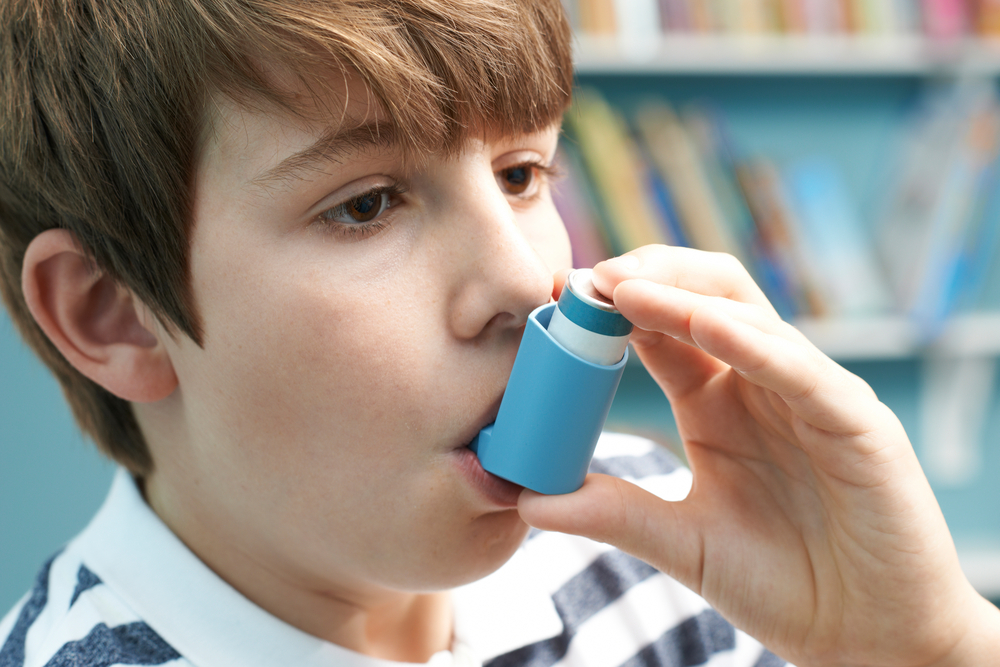Back to school can mean new challenges for those who suffer from asthma. School exposes them to more allergens and germs than other environments, which cause a sudden surge in asthma attacks among children when school starts. The good news is that there are a lot of ways to keep things under control and help reduce the risk of a serious attack.
Talk About Asthma
Knowledge is power. We believe that the best way to stay safe is to make sure that everyone knows how they should respond to an asthma attack and how to prevent it in the first place.
Parents should talk to their children and teach them how to prevent the spread of germs and avoid exposure to asthma triggers. Kids with asthma need to know how to use their inhaler when they need it and keep track of any medications that they take.
It’s important that parents get in touch with their school’s nurse and provide them with their prescribed asthma action plan so they know how to deal with an attack. Most schools have a policy that parents need to abide by for any medications that their child needs to take during school hours. Teachers and other school officials may need to know about the child’s asthma, including the things that can trigger attacks and how to recognize symptoms.
Start at Home
A healthy home can do a lot of good for kids that suffer from asthma. Many of the triggers that can cause asthma to flare up are found in the environment. Eliminating them can help to improve the condition.
The key to dealing with the triggers is keeping the home as clean as possible. Dangerous contaminants tend to build up over time, and a good cleaning is the only way to get rid of them. It’s best to take preventative action to prevent build-ups in the first place.
- Smoke often aggravates asthma. Quitting is ideal but at minimum, avoid smoking in your home, vehicle, or around your child. Using a designated smoking jacket, washing your hands after and tying your hair back can prevent the contact of secondhand smoke.
- Some cleaning products can be asthma triggers. Follow the instructions carefully when using them, and consider replacing them with mild, all-natural alternatives.
- Clean crumbs and spilled food as quickly as possible to avoid attracting pests.
- Dust, vacuum and wash your linens frequently to reduce the amount of dust in your home.
- Change your air filters monthly to improve the indoor air quality.
Get an Action Plan
Good planning makes everything easier, especially when dealing with asthma. Every parent who has an asthmatic child should have an asthma action plan.
These plans cover every aspect of the disease, from the common triggers and symptoms to medications and a treatment plan. The action plan covers essentially everything that a child, teacher, or nurse might need to know in order to deal with problems as they arise. It is a great way to make sure that nobody overlooks your child’s condition.
The best way to make an asthma action plan is to get in touch with a doctor, ideally one who specializes in respiratory health. They can handle the diagnostics, and help you find the best plan to keep your family breathing easy.

